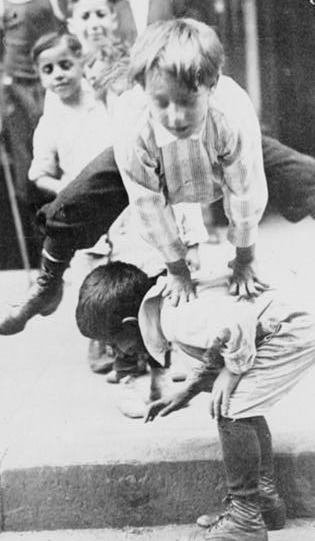
Unfortunately, I recently drove most of the eastern portions of I-275. I noticed that miles and miles of precast concrete sound barrier has been installed and continues to be installed. A quick internet search shows that these walls cost in the range of $3 million per mile, and effectively reduce the sound by 4 decibels within a few hundred feet of the walls. But the walls also sometimes bounce sound and have negative effects further out.
I understand that living near a interstate sucks and that they REDUCE property value, so I can understand the lobbying to mitigate the hazard. But no walls are proposed to help residents anywhere near downtown.
I once considered living on historic Dayton Street in the West End. But the house was on the western end of the street, and the highway noise was oppressive. I've never seen sound barriers on any of the western half of I-275. Just wondering.. Why would Milford, Loveland, Indian Hill, Blue Ash and Springdale get more attention than say Colerain, Harrison, Mt Airy and Northside? Gee I couldn't begin to guess...
But despite the inequity of the chosen locations, is this really an important priority for transportation dollars? Seems extremely wasteful to me.
In related news: Parking lots and highways kill cities.
Also related, vehicle miles traveled (VMT) is decreasing for the first time in the history of the automobile, and Millennials have less interest in cars than previous generations.
Also, car / truck oil consumption graphs here. And why we should dismantle freeways here.
Also, car / truck oil consumption graphs here. And why we should dismantle freeways here.
.JPG)



















